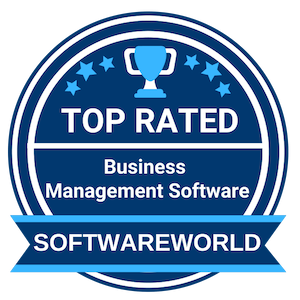Setting up your own business is no easy feat, that’s for sure. Especially when it comes to web design. Web designers are abundant in an industry growing faster than others, but balance creativity, technical skills, digital marketing, and patience, and you’ll be ahead of the game in no time.
The recent crisis has accelerated the global shift to ecommerce, as retailers and other businesses are forced to open their stores online. With great expectations to look good on the web—you’re looking at the right idea at the right time.
We’re here to guide your web design business through its first few steps to launch.
How to start a web design business in 6 steps
When thinking about starting a web design business, it's critical to establish a solid foundation, including having a firm grasp of the essential web design workflow. This will not only simplify your work but also give you a competitive advantage. Don't underestimate the importance of having a systematic approach to design.
Presentation = representation
Although it may seem upsetting and even undeserving, a website’s design makes or breaks a customer’s first impression—and your acquisition opportunities. With 48% of internet users judging a business by the quality of their website, it should come as no surprise that 73% of companies invest in design.
A business’s credibility relies primarily on the aesthetic of its website. There’s no denying that here, the book is judged by the cover.
That’s where you come in. Read ahead to learn the six crucial steps to build your web design business. Ready? Let’s go.
1. Create your mission, vision, and values
First and foremost, establishing your mission, vision and values are essential if you want your business to thrive. This trio comes together to make your brand purpose.
In order to find your brand purpose, dig deep and ask yourself the ‘Why?’ and ‘What?’-orientated questions behind your business.
- Why do you want to do this?
- What do you stand for?
- What is your vision for the world with your service?
- What greater good are you working towards with your solution?
These questions will help tell your business’s story, establish a firm ground for your business and set it apart from the competition. The more honest and thorough you are when answering these questions, the more you’ll benefit.
- Don’t be afraid to demonstrate how your business will benefit your clients.
- Personify your brand by being truthful and share any struggles encountered along the way. Show how you have overcome them.
- Weave together your business story with emotional storytelling.
The best brands tell stories that connect with their audience emotionally. Plus, the majority of our buying decisions are made subconsciously, from an emotional connection with the product. Therefore, a brand story that pulls at peoples’ heartstrings is more likely to help convert future customers.
Don’t forget to communicate your mission statement to your employees or teammates too. A strong purpose will unify, guide, and motivate your team—and a motivated team gets things done. Purpose-oriented employees are1.4 times more engaged at work and are 54% more likely to work for your business for over five years.
Your mission, vision, and values should be the driving forces of your business.
A great example of a business with a powerful mission statement is the Whole Foods Market. Bang in the middle of their website they state their purpose in less than ten words.

2. Figure out your brand name, look, and feel
The next step is giving your business a personality.
Like a website’s design, the name and branding of your business can either draw in or repel customers.
From your name, logo, and website’s design to your customer service language, employee performance, and ethos, your brand is how your customer sees you. Branded companies develop more attachments with customers than companies without a brand. People want to be a part of your story; you just need to show them how.
So, get out your pen and paper and start on some low-fidelity prototypes.
Strong names stand out, are brief, easy to spell, and have a ring to them. If you’re really smart, you’ll name your business something that helps your SEO rankings as well, however, it’s certainly not a necessity for success. Don’t be afraid to throw around ideas and get creative.



Be consistent with your branding
Consistent branding also makes customers more confident and trusting that your business will meet their needs. When customers see your name, logo, or color scheme, they should instantly feel something. It takes between five and seven impressions to remember a brand; double that if you want to generate sentiment. It all pays off; consistent brand messaging has the potential to increase revenue by up to 33%.
Naming and branding is a difficult stage when setting up your web design business. However, it’s not a process you need to go through alone. To keep your efforts on track, consider using a brand messaging template. There are resources out there to help you at whichever stage you need. Don’t be afraid to use them, learn from them, and develop a better brand because of them.
3. Align your products, services, and USPs
Next up, decide on which products and services you’ll be offering. Are you focusing on UX or UI design? Are you offering graphic design? What’s your specialty? Lock that down, before you start moving forward.
It’s a good idea to conduct a competitor analysis within this step. It’s the best way to navigate your competition and identify new opportunities for your business.
- Check out what other web design businesses offer and their pricing
- Identify competitors’ market positioning
- Evaluate competitors’ strengths and weaknesses
- Note how competitors’ attract and communicate with their audience
- Analyze competitors’ social media strategies
- Check competitors’ SEO rankings, and for what keywords
Remember, your competitor analyses must be reviewed regularly and will require updating as your business and competitors evolve.
4. Sort out administration and internal processes
With what you’ve done so far, you should be feeling pretty confident. But your business isn’t ready to launch just yet.
The more tedious yet equally important things need to be done for your business to really get going. Sorting out administration and internal processes is a must. You also need to make sure that you have a web design contract to set clear expectations with your client.
The good news is, you don’t need to take this all on your own, nor do you have to pay the pros. From accounting software to project management and e-sign software, there’s a huge range of SaaS tools to help you stay on top of everything and reduce piles of paperwork.
Use free trials and freemium plans to see which SaaS tools work for you. You’ll be grateful for the time they can save you.
- ProofHub—The one to use to “plan, collaborate, organize, and deliver projects on time.”

- Slite—For building an internal company knowledge hub

- Basecamp—To improve your business’s project workflow when working remotely
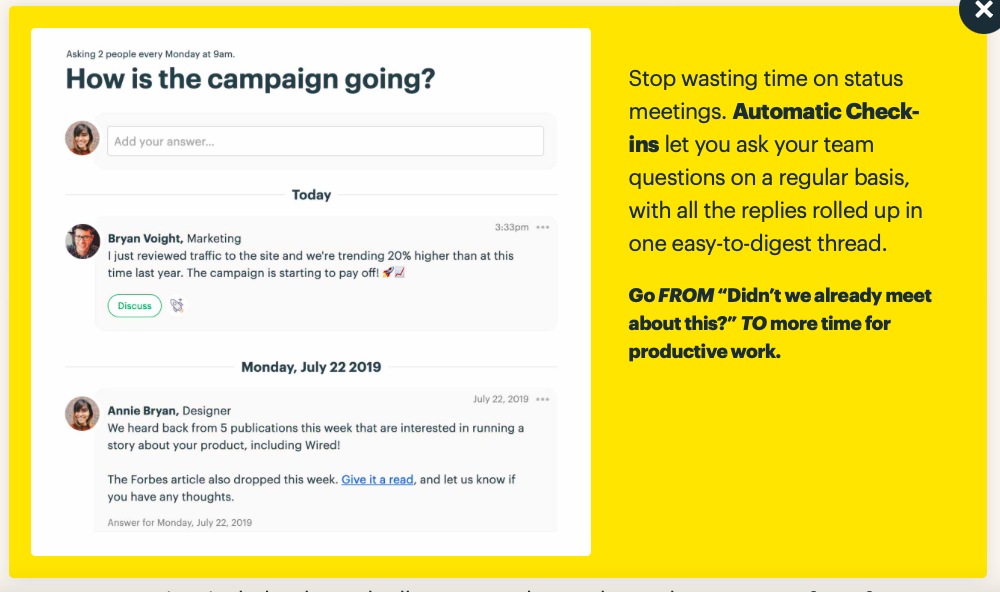
- Adobe Sign—To sign documents in a more cost-effective and time-efficient way
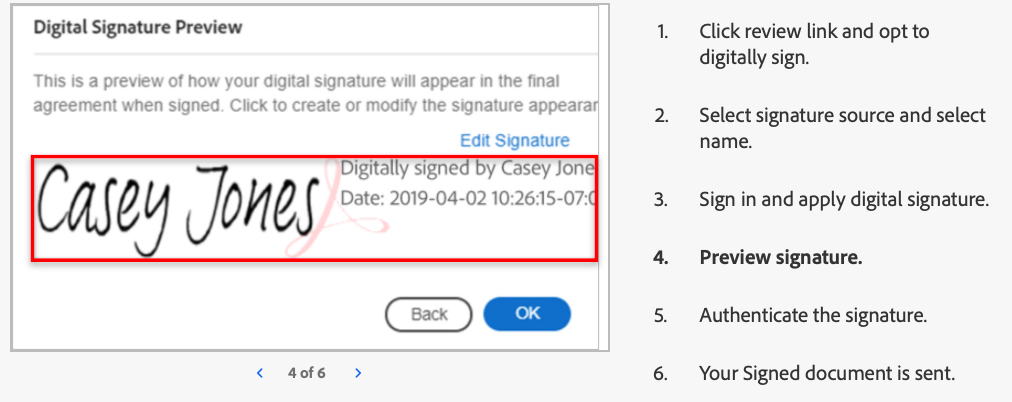
There are many more we haven’t listed, find that perfect tool and enjoy the beauty of SaaS.

5. Build your communication and marketing channels
If you’ve done your competitor analysis well, you’ll have identified the ideal platforms to communicate with your target market.
For an already engaged audience, send emails. They’re best for direct marketing. Create attractive content with email management tools that address, prompt, inform and promote services to your reader.
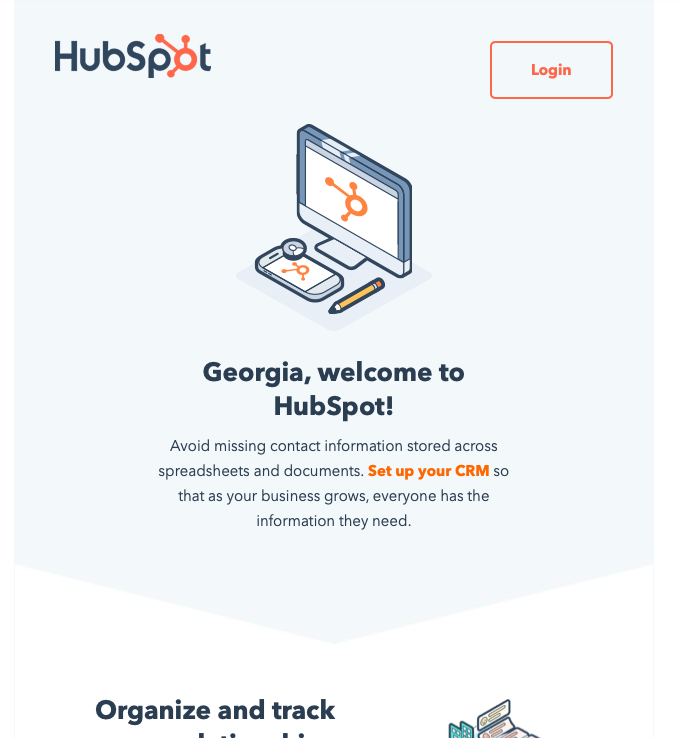
.
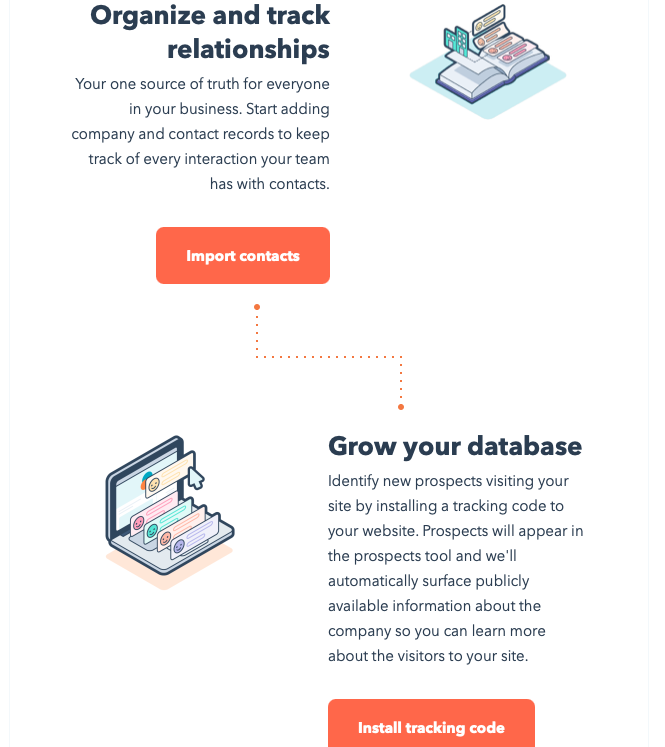
Build relationships with customers on social media. 66% of marketers generate leads from spending as little as six hours a week on social media. If you don’t have the time, utilize social media management tools such as Sprout or Hootsuite which are great for audience analysis and can provide data-driven ideas to improve your social content.
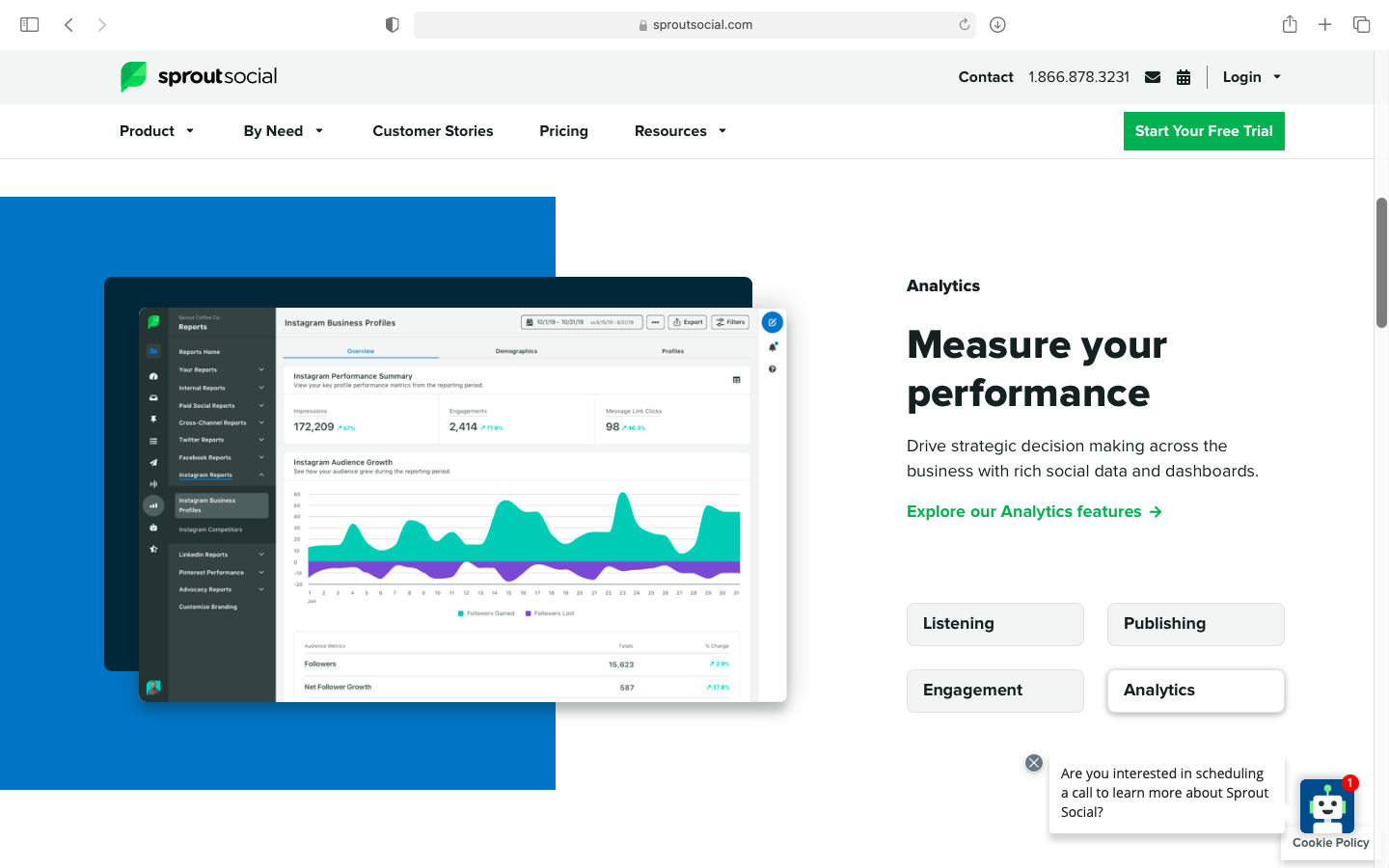
Do your research and make sure your communication content appeals to your target market.
- Dare to get creative and add some ‘pizzazz’ to your content
- Keep content relevant and captivating to maintain engagement
- Interact with and listen to your followers
- Be original and consistent
- Assign a purpose to each communication
- Match your visual content and tone of voice with your brand
Finally, of course, focus on your website’s design. Since this is your strong point, it shouldn’t require much. Bear in mind, it takes 0.05seconds for users to make an impression of your website. No pressure.
Consider improving your website UX design with an onsite chatbot. Instant bot replies will enhance your customer service and maximize lead conversions.

6. Plan a launch Campaign
Once you’ve got everything together you can plan a launch campaign. To present your business in the perfect light and make maximum impact, there are a few things to consider.
- Build brand partnerships. This will help present your business to a much wider audience whilst automatically being perceived as a credible one.
Spend time researching relevant brands that share your values. Make a strong, and effective partnership to launch your business with.
- Find influencers. Influencers whose following is largely your target market are ideal for you. Followers trust influencers; when influencers share a recommendation, it appears genuine. A study found that 40% of consumers had purchased a product after an influencer advertised it.
- Paid advertising. If you have the funds, look into paid advertising. You can get your name out quickly and increase brand awareness by up to 80% through Google paid ads. Approximately 80% of marketers benefit hugely from investing in advertising, it gives instant success but can be difficult to maintain long-term.
It’s time to run a successful web design business
Well, that’s a wrap! Hopefully, this article has equipped and inspired you to get started on your web design business.
You’re entering a competitive field, but if you stay consistent with what you stand for, pitch yourself well, and spend some money in the right places, you’re looking at success.
Be sure to commit to your mission and vision, and your team and client base will follow. With patience and persistence, you’ll build a web design business that goes from strength to strength.
